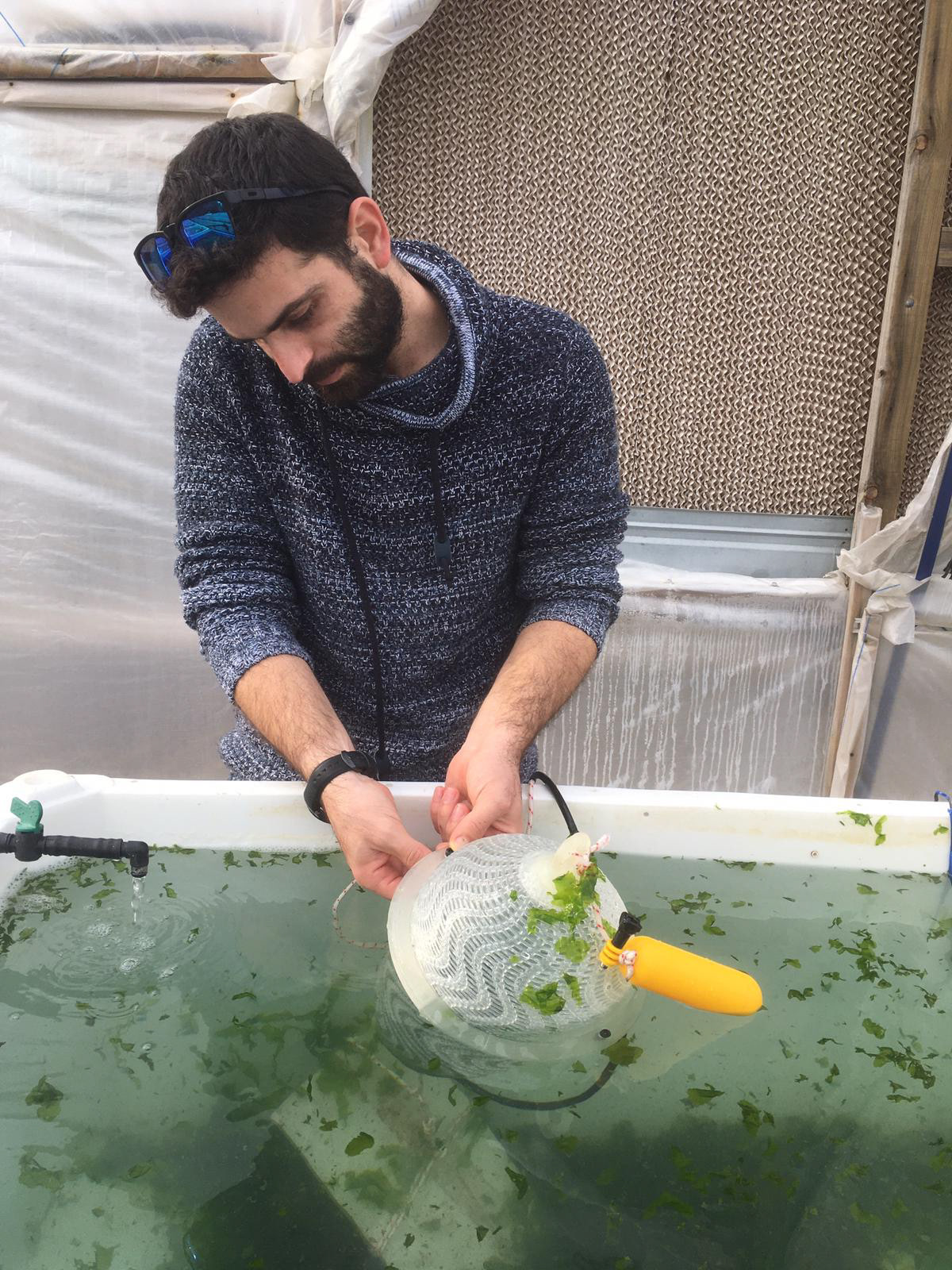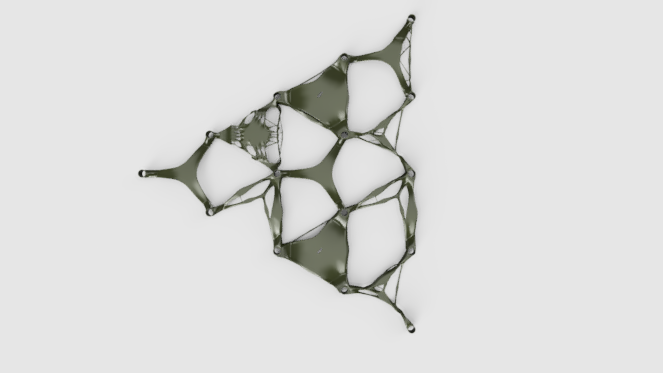It is generally accepted that the fields of marine environment and agriculture fields face various challenges. The most consequential are biodiversity reduction, change in nutrients balance in the sea, shortage of valuable land, and worldwide increasing need of protein resources for humans. There is now much evidence that open-sea algae cultivation may have a significant potential in facing those challenges.
A vision picture of the suggested algae off-shore field
By using the natural function of algae in the marine ecosystem, a positive effect could be achieved. While the algae do photosynthesis, it absorbs carbon dioxide and release oxygen. Furthermore, it absorbs nitrogen and phosphorus at high rates and contains a high ratio of protein. There has been an ongoing effort to foster farming and mariculture to offshore cultivation for more than two decades.
Although these efforts, offshore algae cultivation methods and equipment have developed slowly due to outdated technology and equipment that is not designed for aquaculture. Using design research discipline and design tools as an alternative approach can significantly innovate this research field. The research presents a process of design, development, and optimization of open-sea algae cultivation methods using advanced design tools. The research goal is to compare various forms and function factors; to improve the design system for growing algae in a marine agriculture environment.




